SOAR solutions enhance security operations by combining orchestration, automation, and response capabilities. They streamline processes to boost efficiency and incident management for security teams.
SOAR platforms improve cybersecurity by integrating disparate tools and data sources, facilitating a cohesive defense strategy. They enable security teams to automate repetitive tasks, streamline workflows, and respond to incidents swiftly. By leveraging intelligence-driven insights, SOAR allows organizations to enhance their overall security posture, reducing response times and minimizing the impact of threats.
What are the critical features of SOAR solutions?In industries like finance and healthcare, SOAR solutions are implemented to address stringent security and compliance needs. These sectors utilize them for real-time threat intelligence and regulatory alignment, ensuring data protection and operational continuity.
Having SOAR integrated into an organization's security operations enhances incident response capabilities and ensures streamlined management of security processes. They allow businesses to adapt quickly to evolving threats while maintaining operational efficiency.
| Product | Market Share (%) |
|---|---|
| Microsoft Sentinel | 15.9% |
| Palo Alto Networks Cortex XSOAR | 9.6% |
| AWS Security Hub | 8.1% |
| Other | 66.4% |







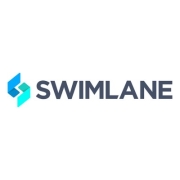


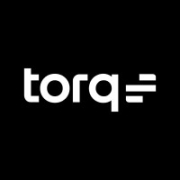
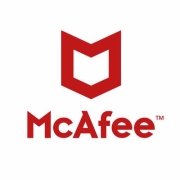



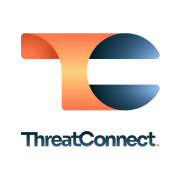
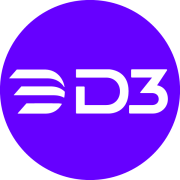
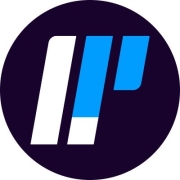
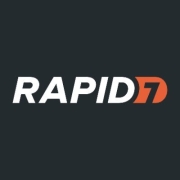

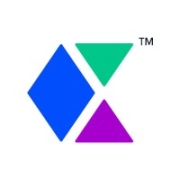
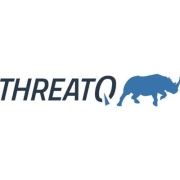


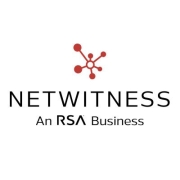

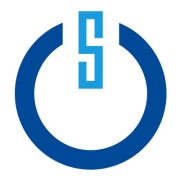
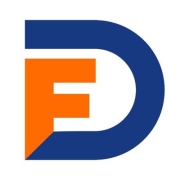


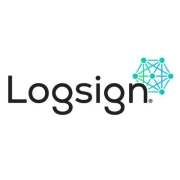

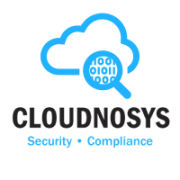


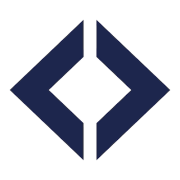

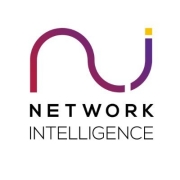








Organizations use these tools to handle the overflow of security-related information and events generated by the typical organization today. Security Operations Center (SOC) staff often manually manage the identification and response to cyber threats. However, as data streams and threat alerts continue to grow, it becomes nearly impossible to manually handle all this data. Here is where Security Orchestration, Automation and Response (SOAR) and Security Information and Event Management (SIEM) come in.
SIEM solutions collect and aggregate log and event data from applications, security devices, and systems into a centralized platform, then analyze this data to identify indicators of compromise (IoC) that may point to a cyber attack. These solutions use machine learning to improve their detection capabilities.
A SIEM platform collects, processes, correlates, aggregates, and monitors for anomalies across data logs, then notifies users through alerts when it detects suspicious behavior.
SIEM focuses on finding suspicious behavior and triggering alerts, leaving the actual response and remediation to humans. Thus, while it improves threat detection, it actually creates more work for SOC teams. In addition, it can contribute to alert fatigue if there is a large number of false positives. That being said, SIEM excels at ingesting and parsing large datasets of internal logs, thus complementing SOAR’s capabilities.
SOAR solutions go several steps further than SIEM by increasing the pre-processing of detected threats before the system alerts a cybersecurity officer. SOAR can ingest data from external sources, like threat intelligence sources. In addition, as the main function of SOAR technologies is the ability to coordinate and leverage different security products, the system gives organizations the possibility of streamlining existing tools, using them in new ways.
So, which should you choose? You should use both. SIEM tools are better for processing large volumes of data, while SOAR can leverage SIEM’s capabilities, orchestrating SIEM together with other security tools.
Implementing SOAR in your security operations can significantly improve incident response times by automating routine tasks and orchestrating workflows. Instead of manually handling alerts, SOAR platforms intelligently prioritize and automate responses, allowing your team to focus on critical threats. With fewer manual steps, incidents are resolved faster, reducing the window of exposure to threats.
What key features should you look for in a SOAR solution?When evaluating SOAR solutions, you should prioritize features like integration capabilities with existing security tools, customizable workflows, advanced analytics, and user-friendly dashboards. These features help in automating repetitive tasks, providing visibility into security operations, and enabling data-driven decision-making. Additionally, robust reporting capabilities and flexibility to update playbooks are essential for adapting to evolving security needs.
Can SOAR integrate with existing security tools?SOAR platforms are designed to seamlessly integrate with a wide array of existing security tools and technologies, such as SIEM systems, firewalls, and endpoint protection solutions. This integration capability allows you to centralize threat data and orchestrate coordinated responses across multiple systems. As a result, you gain a more cohesive security posture, enabling your team to manage incidents more efficiently and effectively.
What are the benefits of using SOAR for small to medium-sized businesses?For small to medium-sized businesses, SOAR provides several benefits, including efficient resource allocation, cost savings, and improved threat detection and response capabilities. By automating repetitive tasks, SOAR enables small teams to manage security operations with greater precision and speed. Additionally, SOAR solutions can enhance compliance efforts by generating comprehensive reports, proving invaluable during audits and regulatory reviews.
How does SOAR contribute to threat intelligence sharing?SOAR platforms enhance threat intelligence sharing by automating the collection and dissemination of threat data across your organization and with external partners. By integrating with threat intelligence feeds and existing security infrastructure, SOAR facilitates real-time updates and actionable insights. This continuous sharing of information enables you to stay ahead of emerging threats and collaborate effectively with peers in the cybersecurity community.